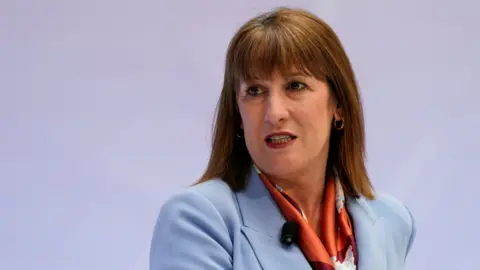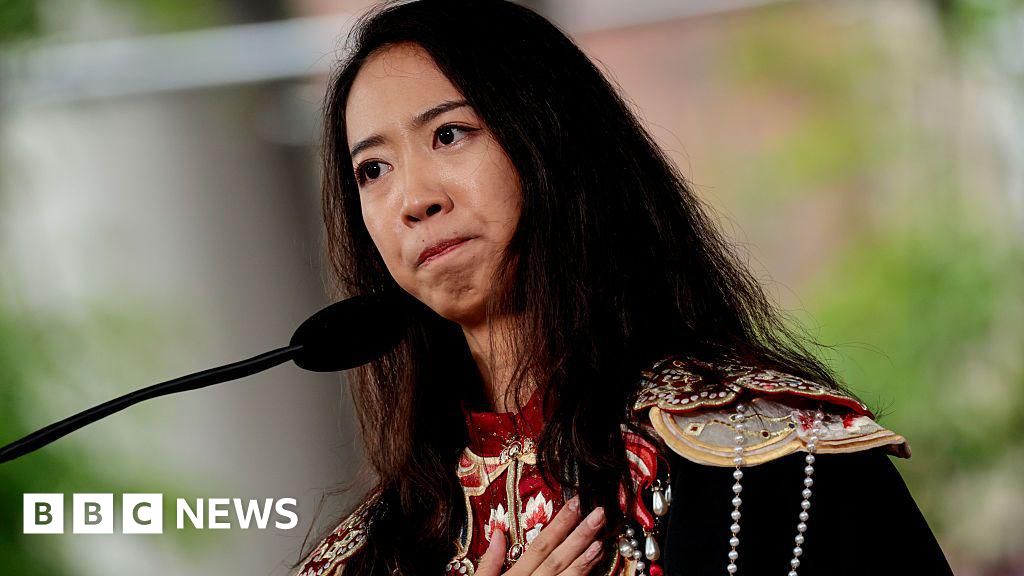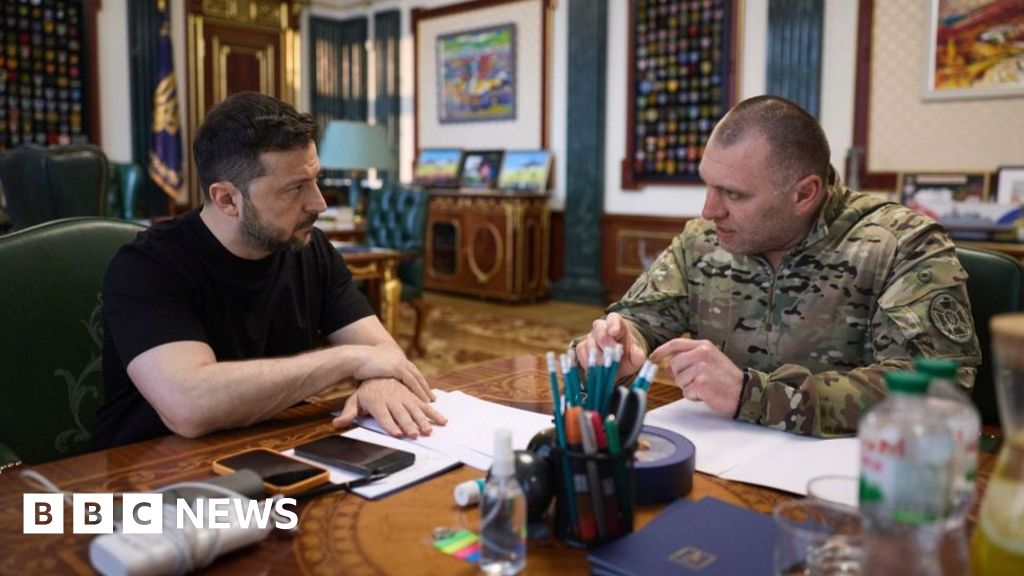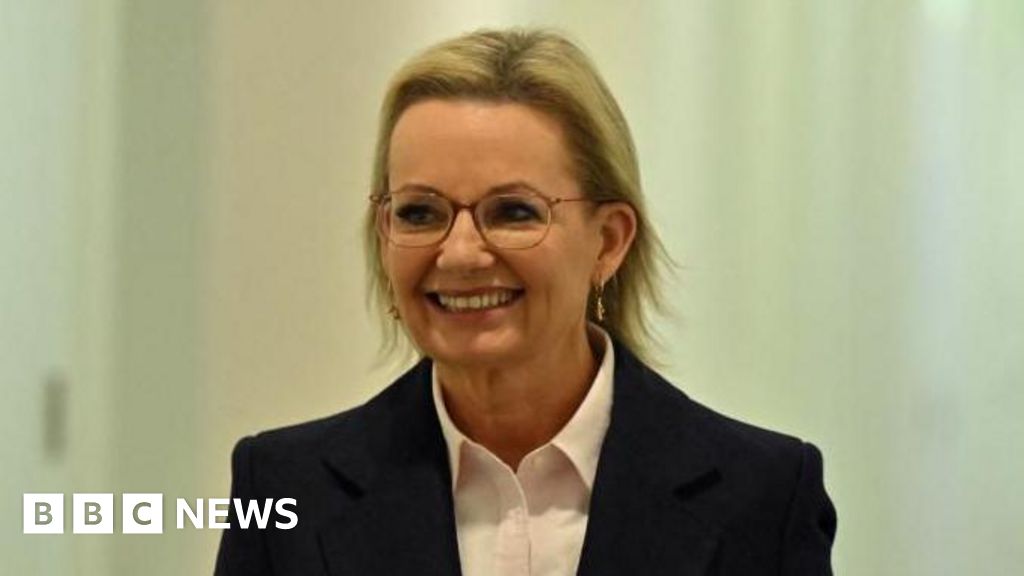Dearbail Jordan
Business reporter, BBC News

 Reuters
Reuters
Chancellor Rachel Reeves
Chancellor Rachel Reeves faces difficult choices in this week's Spending Review, which sets the budgets for all government departments over the next few years.
The review will confirm how much taxpayers' money will be spent on the NHS and other public services used by millions.
It will also set out how much money the government plans to invest in projects like new public transport schemes.
What is the Spending Review and when is it?
The Spending Review will be delivered by Reeves on Wednesday, 11 June.
In October she set department budgets for 2025-26, and will now confirm how much they have to spend over the following three to four years.
Reeves has already set out what how much total government spending will rise by over the period.
On Wednesday this will be broken down by department.
The review covers two categories of spending:
- Day-to-day spending, which includes things like salaries, supplies and other administration costs. This is known as "resource" spending
- Investment, which includes funding for infrastructure as well as building things like new schools, hospitals and roads. This called "capital" spending
Wednesday's Spending Review will set out day-to-day expenditure for three years and investment spending for four years.
Which departments will get a boost to spending?
The government has already set out how much total spending on day-to-day running costs and on investment will increase by.
The "relatively modest" rise could mean that "sharp trade-offs are unavoidable" when setting the budget for each department, according to the Institute for Fiscal Studies (IFS) think tank.
The government has said it wants to increase investment. Reeves has changed the way that debt is measured to free up more than £100bn to fund building, research and development as well as other major projects.
As Wednesday approaches, here is what we know so far:
- Winter fuel payments will be made to three quarters of pensioners this year. Reeves confirmed a U-turn on the government's controversial decision to limit the payments to those receiving means-tested benefits. The government said the change will cost around £1.25bn in England and Wales
- Defence spending will rise from 2.3% of gross domestic product (GDP) to 2.5% by 2027 - an increase of around an extra £5bn a year. This will be paid by cutting the overseas aid budget. Ministers want to increase defence spending to 3% by 2034
- There are suggestions that the NHS will get an extra £30bn over three years
- Free school meals will be expanded to 500,000 children whose parents are receiving Universal Credit, regardless of their income. Across education, day-to-day spending will rise by £4.5bn a year by 2028-29, according to The Observer
- Investment worth £15.6bn will fund extensions to trams, trains and buses in Greater Manchester, the Midlands and Tyne-and-Wear, after criticism that too much infrastructure spending targeted London and the South East
- The government will spend £86bn on the science and technology sector by the end of the parliament, including funding research into areas such as drug treatments and longer-lasting batteries
There have also been reports that Reeves could announce a new nuclear power station in Suffolk.
Sizewell C, a project that is jointly owned by the UK government and the French state-owned energy giant EDF, wants to begin construction of a power station that will be funded by taxpayers and private investors.
The government may also set out detailed plans to build small modular reactors (SMRs) - mini nuclear power stations - in England and Wales.
How is the UK economy doing and how much room for manoeuvre does Reeves have?
Government borrowing - the difference between how much it spends and how much it raises from taxes - grew to £20.2bn in April.
That was £1bn higher than the same month in 2024, and more than some economists expected.
Although tax revenue increased in April, notably as a result of the increase in the amount of National Insurance Contributions (NICs) paid by employers, so did spending.
This was largely because of increases in pensions and other benefits, pay rises and higher borrowing costs.
Meanwhile, the financial buffer that allows Reeves to meet the government's two self-imposed fiscal rules is very slim.
The rules are that:
- Day-to-day government spending should be paid for with tax revenue, not borrowing
- The amount of government debt should fall as a share of national income by the end of the current parliament in 2029-30
The government is currently forecast to have a budget surplus of £9.9bn at that point, which is the third-smallest on record.
This surplus is often referred to as "headroom" and theoretically acts as buffer against an economic shock or an increase in spending.
But because the projected surplus is so small, it is very vulnerable.
Between the Autumn Budget and Spring Statement in March, it was wiped out mostly because of higher debt interest payments as well as sluggish economic growth.
As a result, Reeves announced a £14bn package of savings in March, including £4.8bn of welfare cuts.
The latest official data suggests that the UK economy could be strengthening. It grew by 0.7% between January and March, which was better than expected.
However, it is not clear whether that growth will continue, especially as US President Donald Trump's US tariffs hit the UK and wider global economy.

 3 months ago
86
3 months ago
86

















































